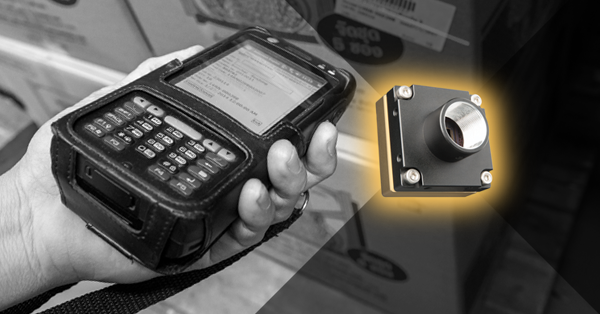Connecting 16 FireWire cameras to a laptop / notebook computer.
Last Revision Date: 6/11/2014
This article describes the system configuration used to reliably run 16 Grasshopper 2MP (GRAS-20S4) cameras on a laptop for 24 hours.
We were able to reliably run sixteen (16) Grasshopper cameras on an economically priced laptop for 24 hours. The following hardware was used:
-
- 1x HP Pavilion dv2500 laptop /notebook computer
- Low cost
- Supports ExpressCard
- 1x Magma ExpressBox1 EB1H
-
- Provides ability to connect PCIe cards into an Express card slot
- 1x FirePRO dual bus 1394b PCI Express card (FWB-PCIE-02)
-
- 2 buses using a single PCIe slot
- Support for 8 cameras per bus
- Locking connectors
- 16x GRAS-20S4C-C
-
- High speed 1394b camera
- Daisy chain support
- Frame buffer support
- Locking connectors
- 2x FirePRO 5 port 1394b hub (FWB-HUB-5PORT)
-
- Locking connectors
- High reliability
- Small form factor
- Supports 24V power supplies for large topologies
- 18x FirePro 1394b cables (ACC-01-2006)
- 1x HP Pavilion dv2500 laptop /notebook computer
The components were setup as shown in the following diagram:
Each port on a FWB-PCIE-02 card is a single 1394b bus, and each of these buses uses an LSI Logic chipset which allows 8 cameras to be running at once on each bus. Each port on the FireWire card was connected to a 5 port hub. The 4 remaining ports on the 5 port hubs were each connected to a string of 2 Grasshopper 2.0 Mega pixel cameras daisy chained together. This means 8 cameras are connected to each of the hubs, which is subsequently connected to the dual bus PCIe FireWire card. This makes 16 cameras on one notebook.
The FirePRO Dual host 1394b card is connected to the Magma ExpressBox1 which is then connected to the HP dv2500 through the Magma EB1H ExpressCard host card.
One instance of the FlyCap example per camera was used. No alterations to the example were made to allow this to be an off the shelf test a customer could easily reproduce. The 16 cameras were each configured to start at 1600x1200Y8 3.75 fps, which is 7.2 MBps per camera, 57.6 MBps per card and 115.2 MBps overall. The cameras ran for the full 24 hours without any observed problems or image tearing.


